I love cars, but after finishing the final episode of The Last Independent Automaker I was so sick of them that I immediately dove into whatever non-automotive TV I could find. That turned out to be the work of Pittsburgh documentary filmmaker Rick Sebak, known for PBS classics like A Hot Dog Program, Great Old Amusement Parks, and Sandwiches that You Will Like. I’ve long looked up to Sebak for producing whimsical documentaries filled with unique characters.
When my friends and I first set out to produce a documentary on the history of American Motors Corporation, I was foolish enough to think we could truly do a complete “cradle-to-grave” history of AMC. But as we gathered more and more interviews with former employees, the project began to feel like this giant, unwieldy monster. There was just too much information. Even if the final cut was 50 hours long, we would still have to leave stuff out.
As I labored over the scripts, I could almost hear the YouTube commenters yelling at us for leaving out Louis Wolfson’s failed hostile takeover of AMC, or not focusing more on drag racer Shirley Shahan, or our failure to mention the VAM Lerma! (That last one actually did happen.)
Thankfully, I feel that the final cut of The Last Independent Automaker covers all the important parts of AMC history, without bogging down too much in pedantic details. However, there were definitely some great anecdotes that didn’t make it. Thanks to The Autopian, I am able to share some of those stories with you here! Originally this article was supposed to coincide with the release of Episode 5, so I thought it would be nice to share five of my favorite funny stories that we had to cut.
Against The Wind
In 1973, James Cerano was hired as an electrical engineer at AMC and became the company’s first employee specifically dedicated to radio systems. Until then, radios had been lumped in with other electrical engineering jobs, but American Motors had realized that it was losing precious profits to dealers and customers who preferred high-end aftermarket units over AMC’s underwhelming factory radios. His job was to change that.
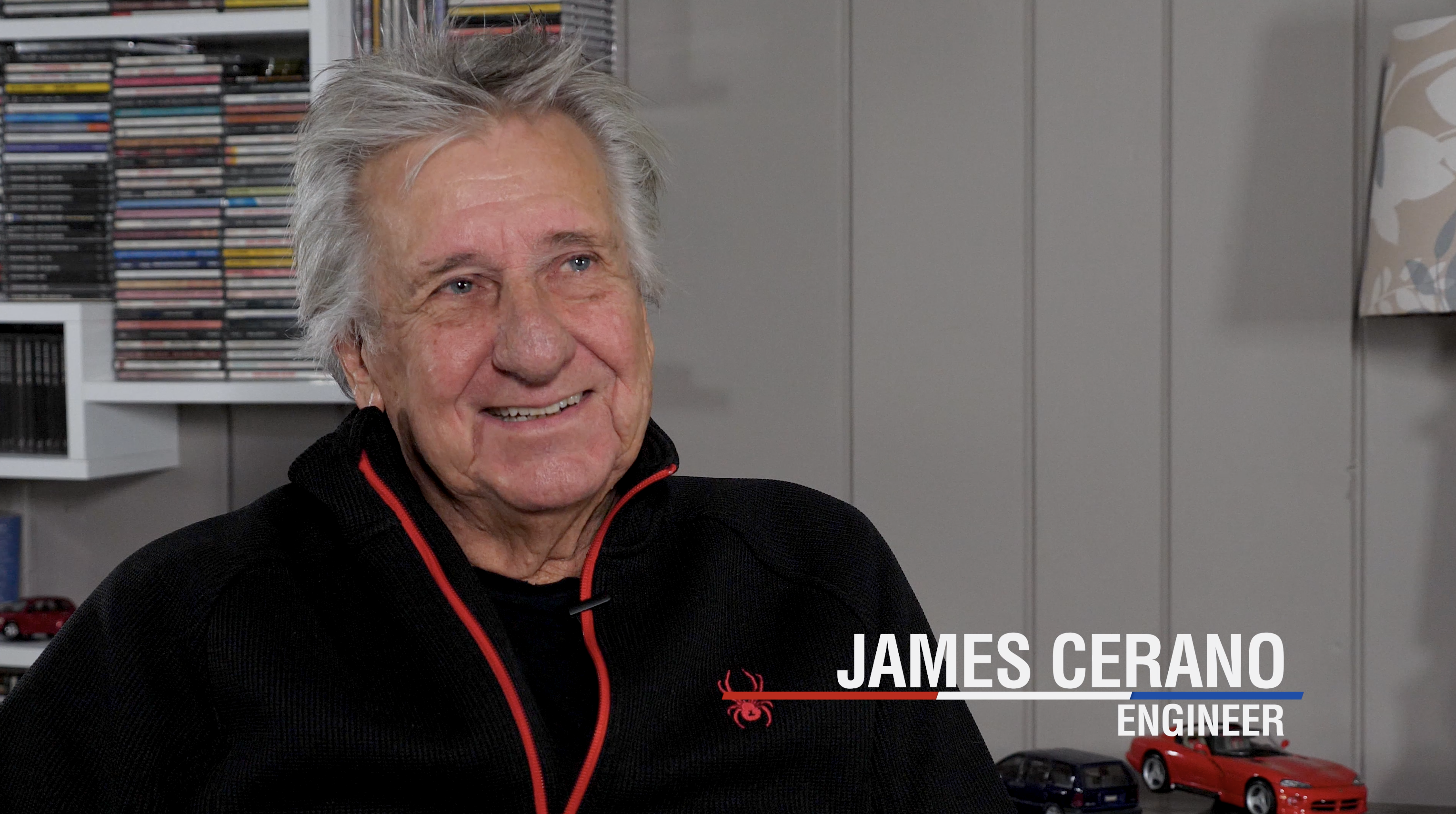
While Cerano told us lots of cool stories about designing sound systems and testing speakers in anachoic chambers, his work occasionally included other duties. One day, that included helping a coworker demonstrate a rear window wiper/washer for the upcoming AMC Pacer. As he told us,
“My colleague and mentor, Ziggy Baranowski, was a wiper guy. And he knew everything you can about wipers. About the speed, about the wipe, about the pressure…”

First, I think that’s the perfect name for a guy who is really into windshield wipers, which was further reinforced when Cerano described him as a short man who always wore a bowtie under his labcoat. And second, I think it’s awesome that being a windshield wiper expert is even a thing, which shows how even simple components have a lot of engineering behind them. Cerano continued,
“And he wanted to demonstrate it to upper management. Gerry Meyers had to sign off on it. And so here comes a bunch of suits… they gather around the car, and Gerry Meyers says, ‘Well Zig, you’re gonna show us how this thing works!’”
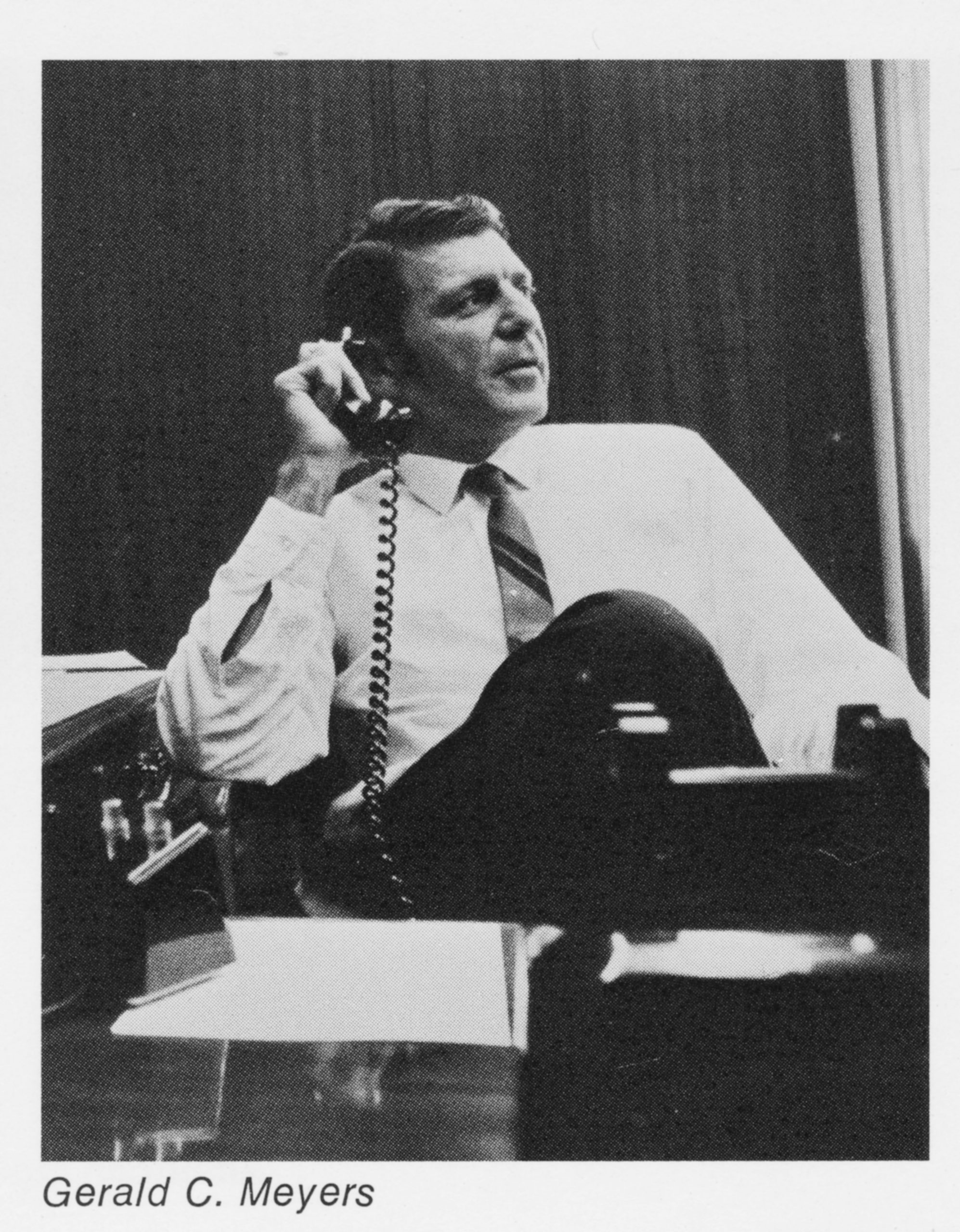
For context, Gerald Meyers was the vice president of product development and would later go on to become CEO. I interviewed Meyers for the documentary in 2017, and he was tall, handsome, and deadly serious. He was an intimidating figure then, and I can only imagine more so in the 1970s.
The reason why management cared so much about this whole thing is because the Pacer would be AMC’s first vehicle with a rear wiper/washer. Its giant rear window almost necessitated the system, but all the wiring and plumping was a significant expense. As Cerano remembered, Meyers was impressed, but didn’t like the position of the spray nozzle.
“Ziggy goes ‘Ok Jim, hit the switch!’ and I hit the switch, and it squirts down water, and it wipes. And it wipes. The thing worked perfectly. And Gerry says, ‘Zig, it works good, but why did you put the little squirter nozzle up there? [At the top of the window]. I think it would look much better if it was down here, on the bottom … in the corner where you can’t see it.’
And Ziggy tweaks his tie and he said, ‘Well sir, have you ever tried pissing into the wind, uphill?’
And Meyers, this is the kind of guy he was, said, [gruffly] ‘You made your point.’ And they turned around and walked back.”
The story still made him chuckle after all these years, but it’s also a classic example of the kind of siloed thinking that goes on at car companies. Of course, the executives are worried that a little spray nozzle is going to look ugly on the top of the window, without considering that it has to be up there due to airflow reasons. Otherwise, as Baranowski colorfully described, the washer fluid would simply be blown away into the mist if the nozzle had to spray upward into the wind.
We actually attempted to reenact Cerano’s wiper story for the documentary but ran into a problem when the 1976 Pacer we were filming had a clogged washer line. As a workaround, we connected a piece of plastic tubing to the nozzle and blew the washer fluid through with an air compressor. Sadly, the whole wiper story ended up being cut for time. But at least we got these funny screenshots:
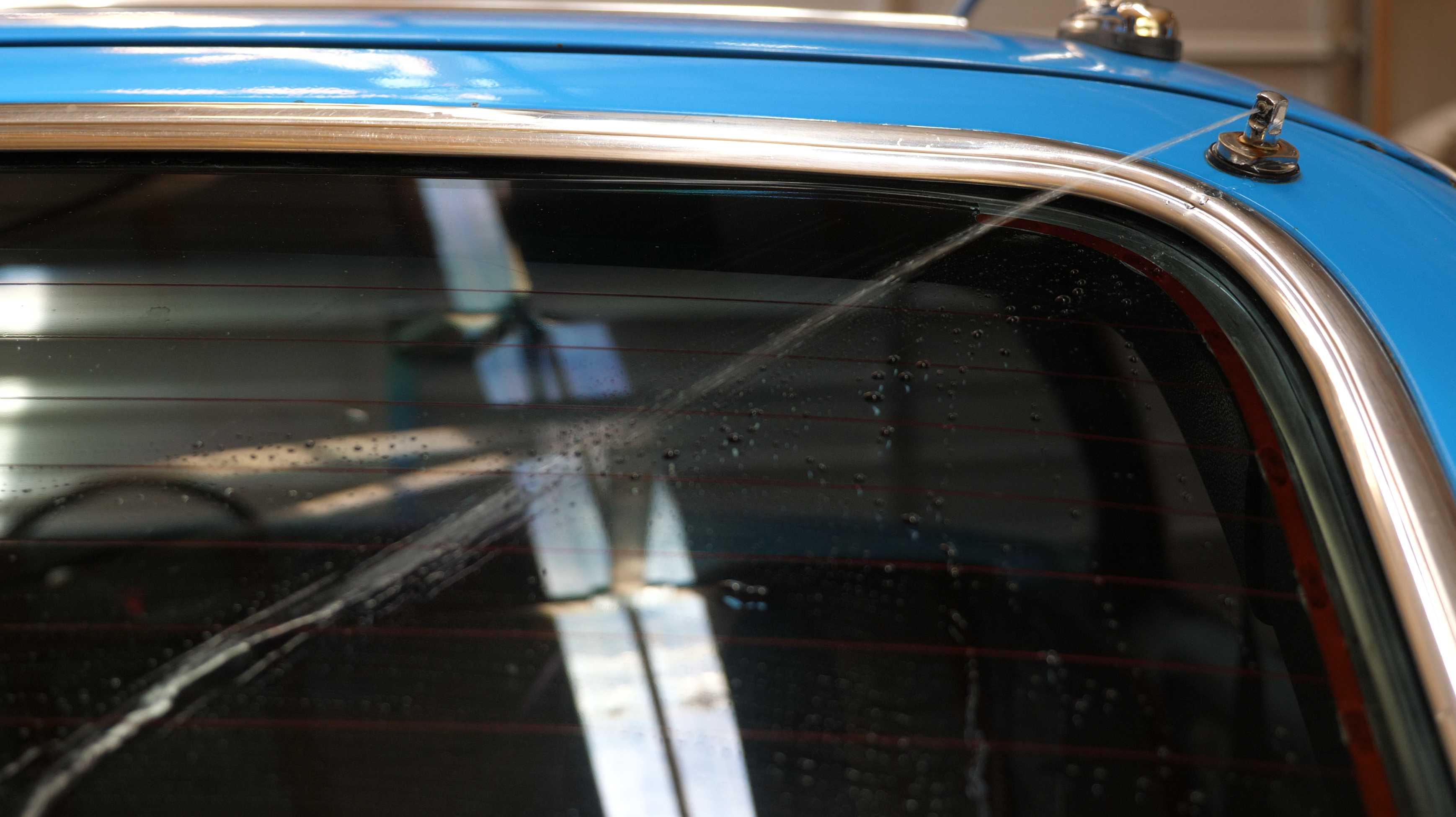
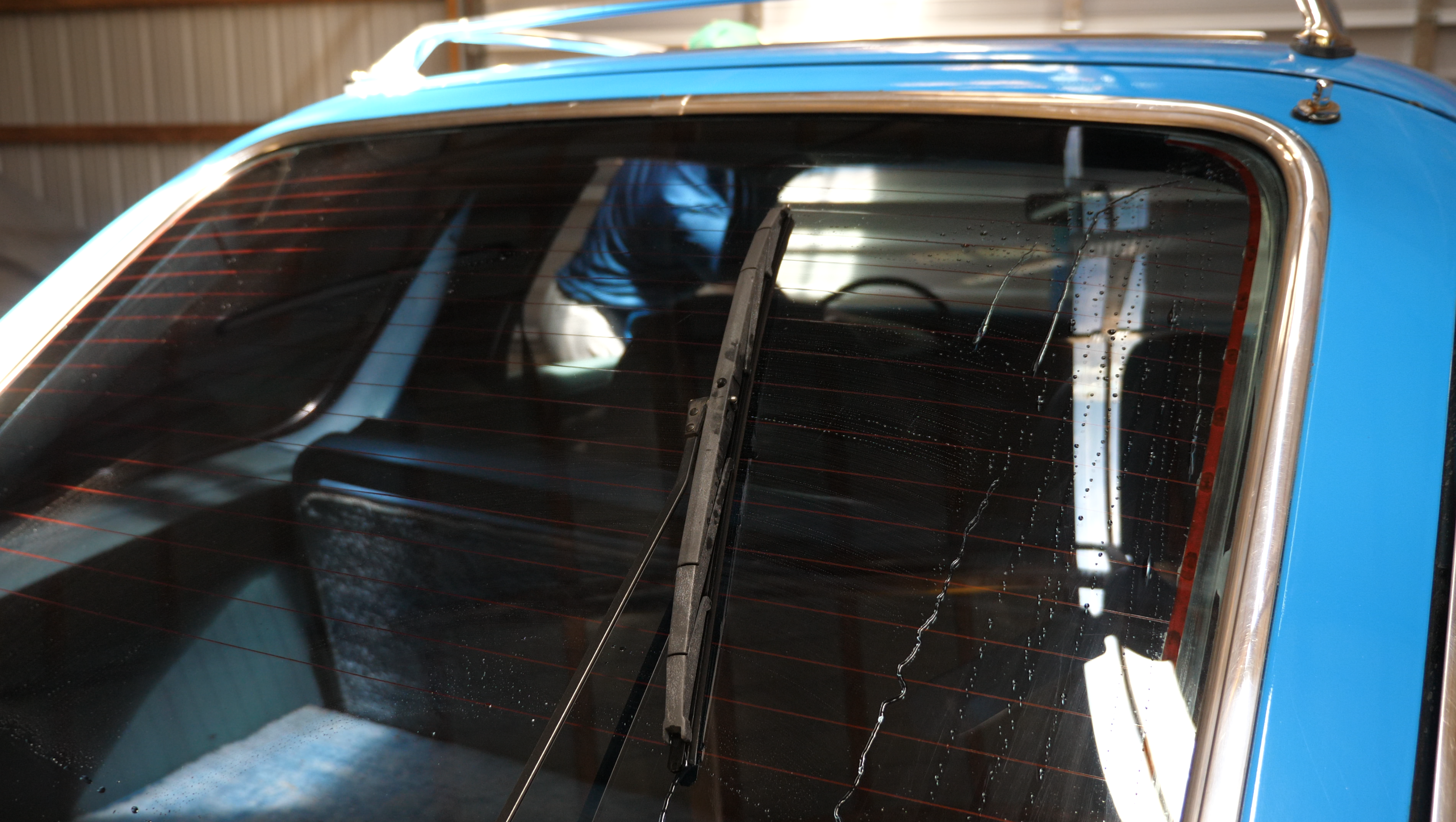
Loony Luneburg
There are many colorful characters throughout AMC history, but perhaps the most (certainly linguistically) was William V. Luneburg, the company president from 1967 to 1977. Notoriously cantankerous and profane, he made the perfect foil to CEO and Chairman Roy Chapin Jr., who was a quiet, patrician, old-money Detroit blueblood.
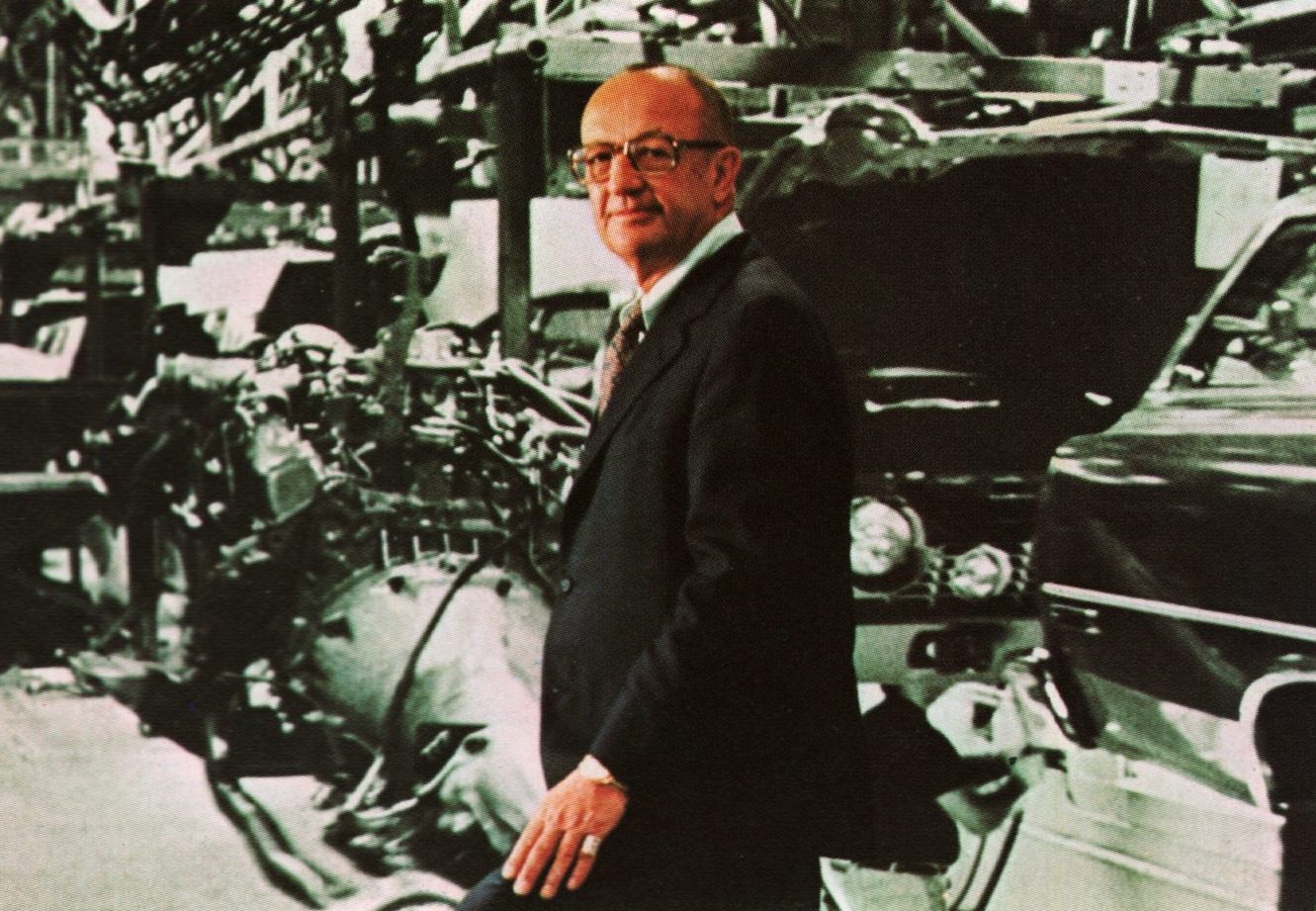
As we describe in Episode 3, Luneburg was a “hard-nosed manufacturing guy” who came to American Motors after running Ford’s massive Rouge plant. Throughout our interviews, we heard many anecdotes about him, a surprising number of which either involved smoking or bathrooms, or both:
Designer Vince Geraci told us that Bill Luneburg used to come down to the styling studios in the basement of AMC’s headquarters and bum cigarettes off the clay modelers, who were terrified of him.
Roy Chapin Jr.’s son, William Chapin remembered that whenever the Luneburgs came over for dinner, his step-mother wouldn’t let the kids eat with the adults because she didn’t want them learning foul language.
Sales manager Dean Greb said that “Luneburg was probably the toughest negotiator with the unions that they ever had,” and that he supposedly threatened to cut all the toilet seats in half at the factory to prevent workers from taking leisurely smoke breaks in the restrooms. (We were unable to corroborate this story.)
James Cerano said that when he was still a young technician, he was shocked one day to find the company president standing next to him in the restroom. After an awkward hello, Luneburg blurted out, “You know, a guy spends a hundred bucks for a goddamned suit, you would expect the goddamned zipper to work!” And then left.
Perhaps the wildest Luneburg story we heard was from Malcoln Bricklin, creator of the plastic-bodied, gullwing-doored Bricklin SV-1 sports car. While negotiating a deal to buy AMC V8s for his car, the two got into a profanity-laden shouting match that resulted in Bricklin switching to the Ford 351 Windsor engine.
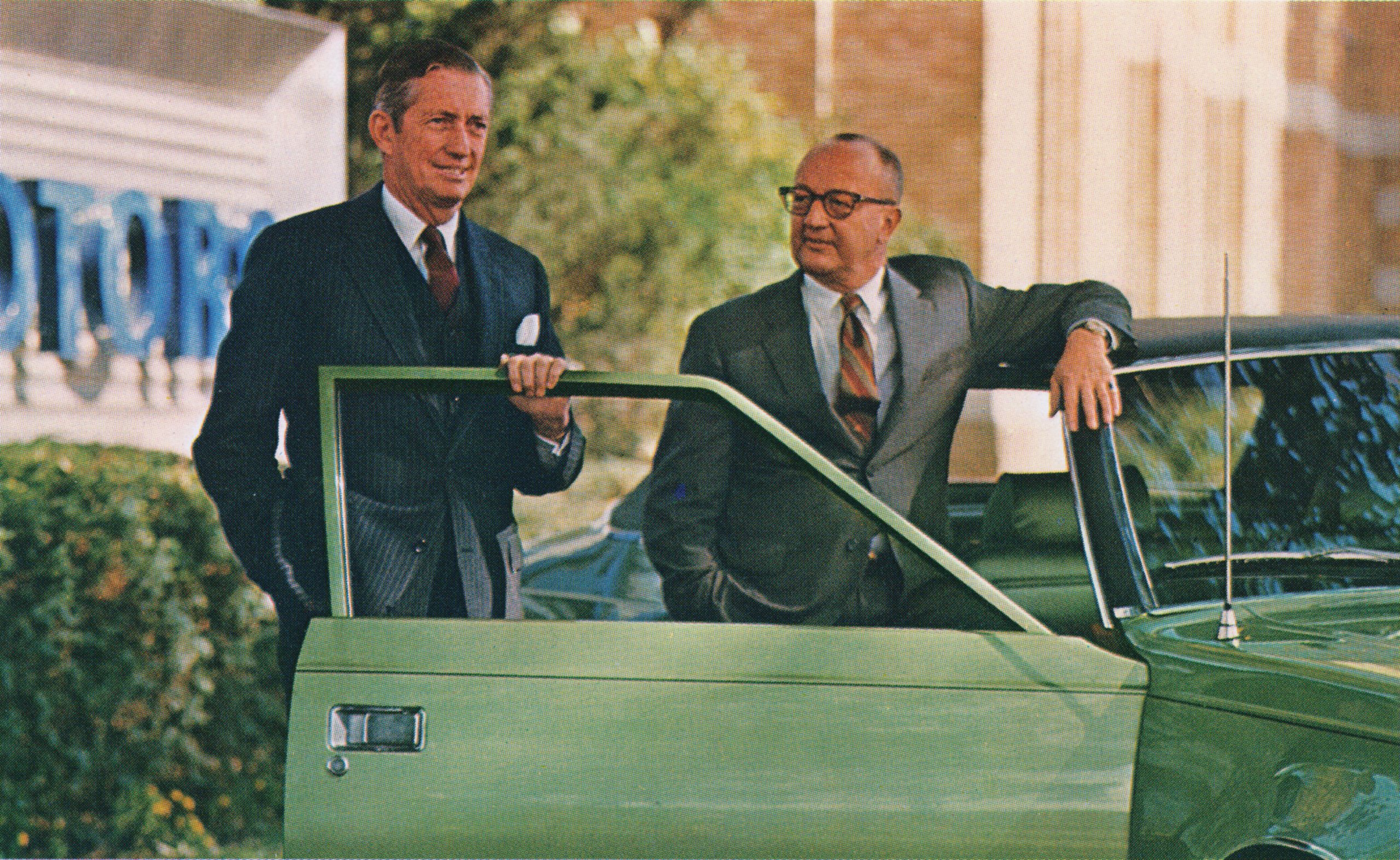
My personal favorite, however, comes from an interview Luneburg did with Automotive News just before his retirement, where his wife claims he plans to relax by playing violin and taking up painting. When a reporter asks Luneburg if he’s an amateur painter, he replies, “Hell no, I haven’t started yet.” Later, when asked if Roy Chapin missed their interview because he’s meeting with investors, Luneburg responded, “How the hell do I know where Chapin is? It’s not my job to know what he’s doing.”
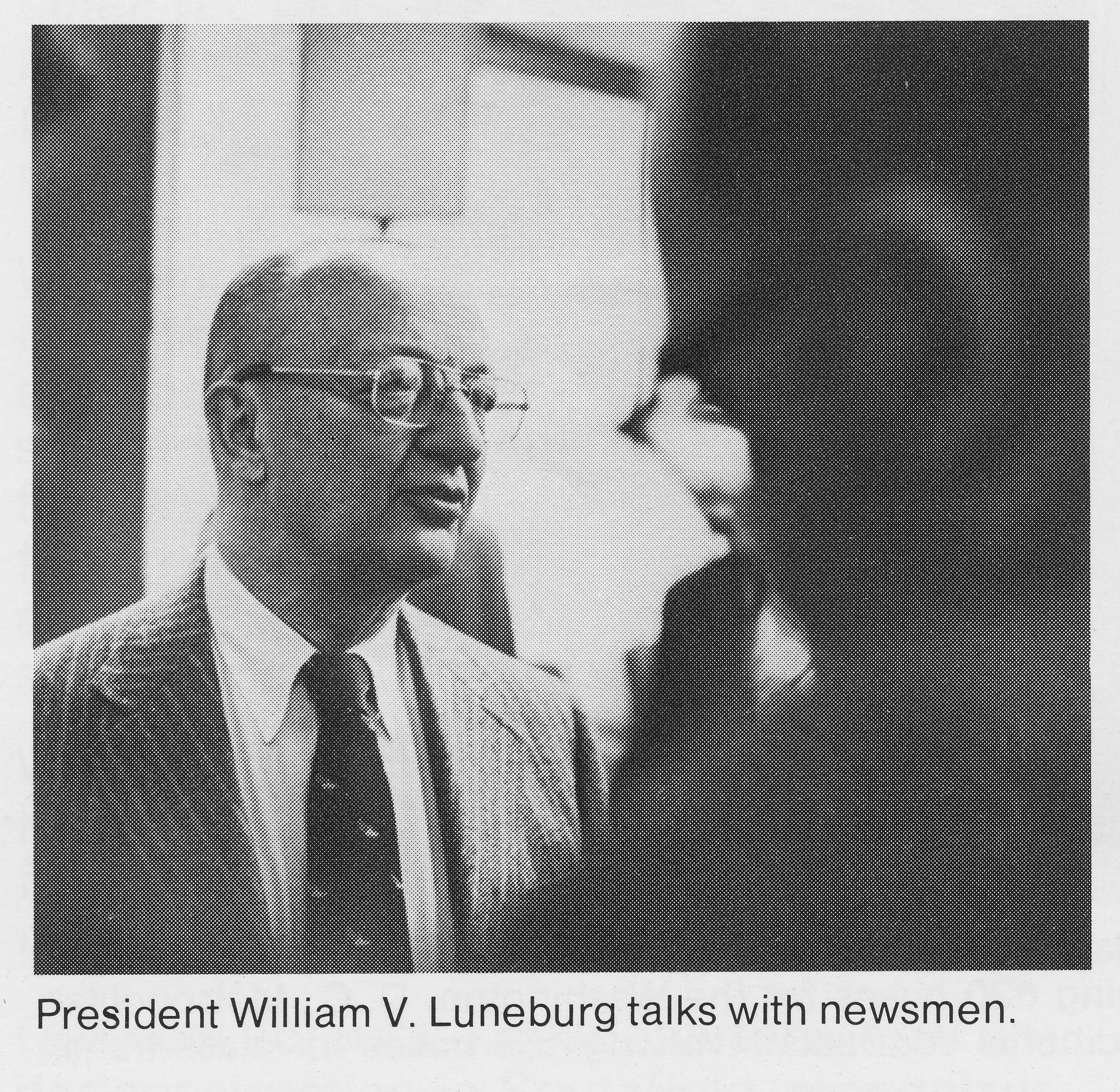
It’s the kind of gruff, grumpy behavior that would get most CEOs fired today, but it also seemed that his adversarial nature was part of his charm. Many of the people we interviewed (at least the white collar employees) seemed to like him. William Chapin told us that his father was truly great friends with Bill Luneburg, and the two genuinely enjoyed working together. If our documentary could have been longer, I would have liked to have included a few more of those funny stories.
Throttle-Body Burnup
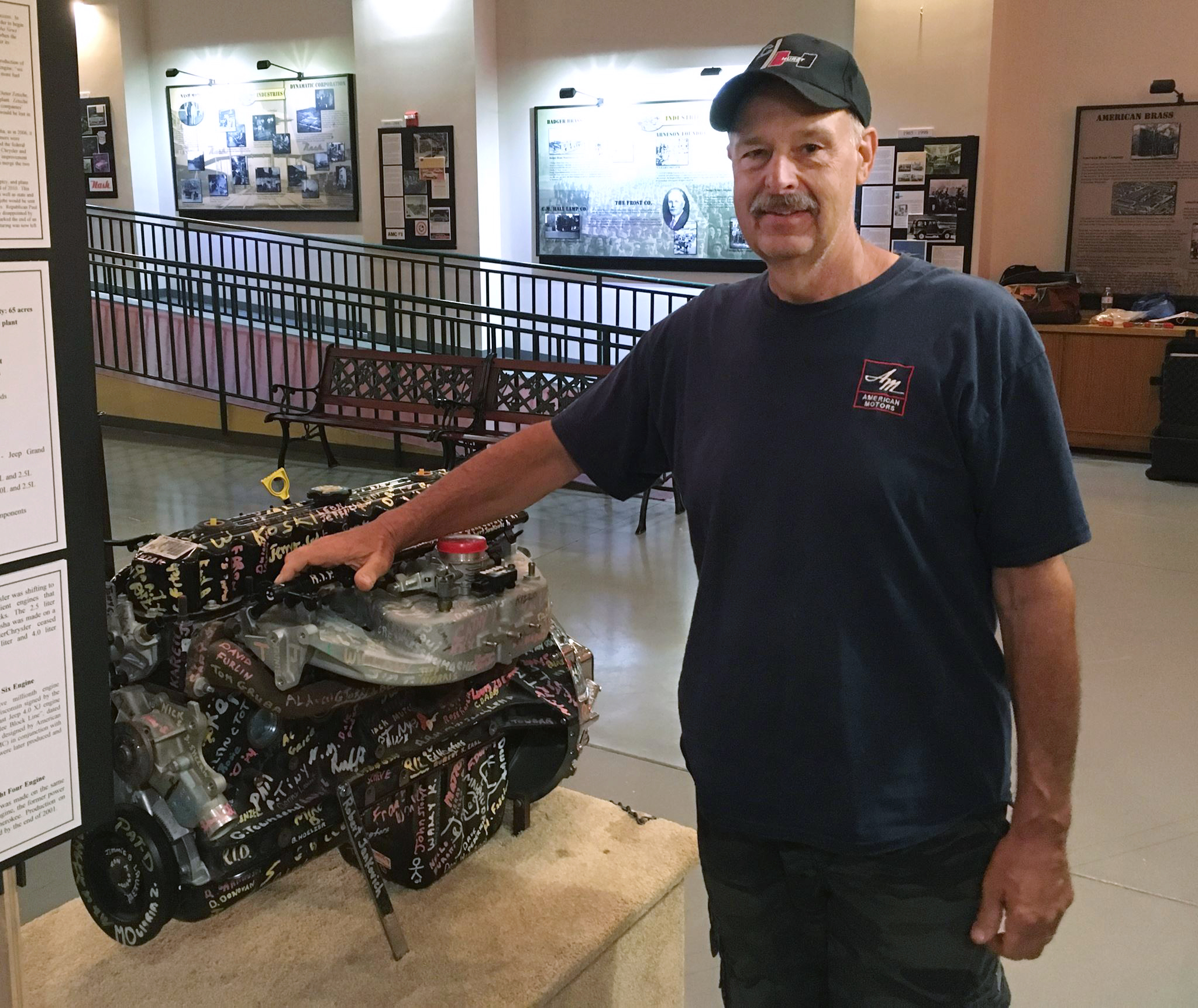
You would think cars catching fire while still inside the factory would be a rare occurrence, but according to our interview with Dave Furlin, it happened at least twice while he worked at AMC, which is exactly two times more than you’d want it to. In both cases, Furlin was a repair worker, whose job entailed fixing cars that had been diverted from the main assembly line after being flagged by quality control. His first combustion story appears in Episode 4, when he was attempting to drive an AMC Pacer with no brakes into the repair area, only for the engine to catch fire due to a fuel leak.
His second story happened several years later when AMC was building the new Renault Alliance, an “Americanized” version of the Renault R9. As the first fuel-injected vehicle built by American Motors (excluding some Rambler Rebel prototypes), the Alliance naturally had some teething problems. Dave explained,
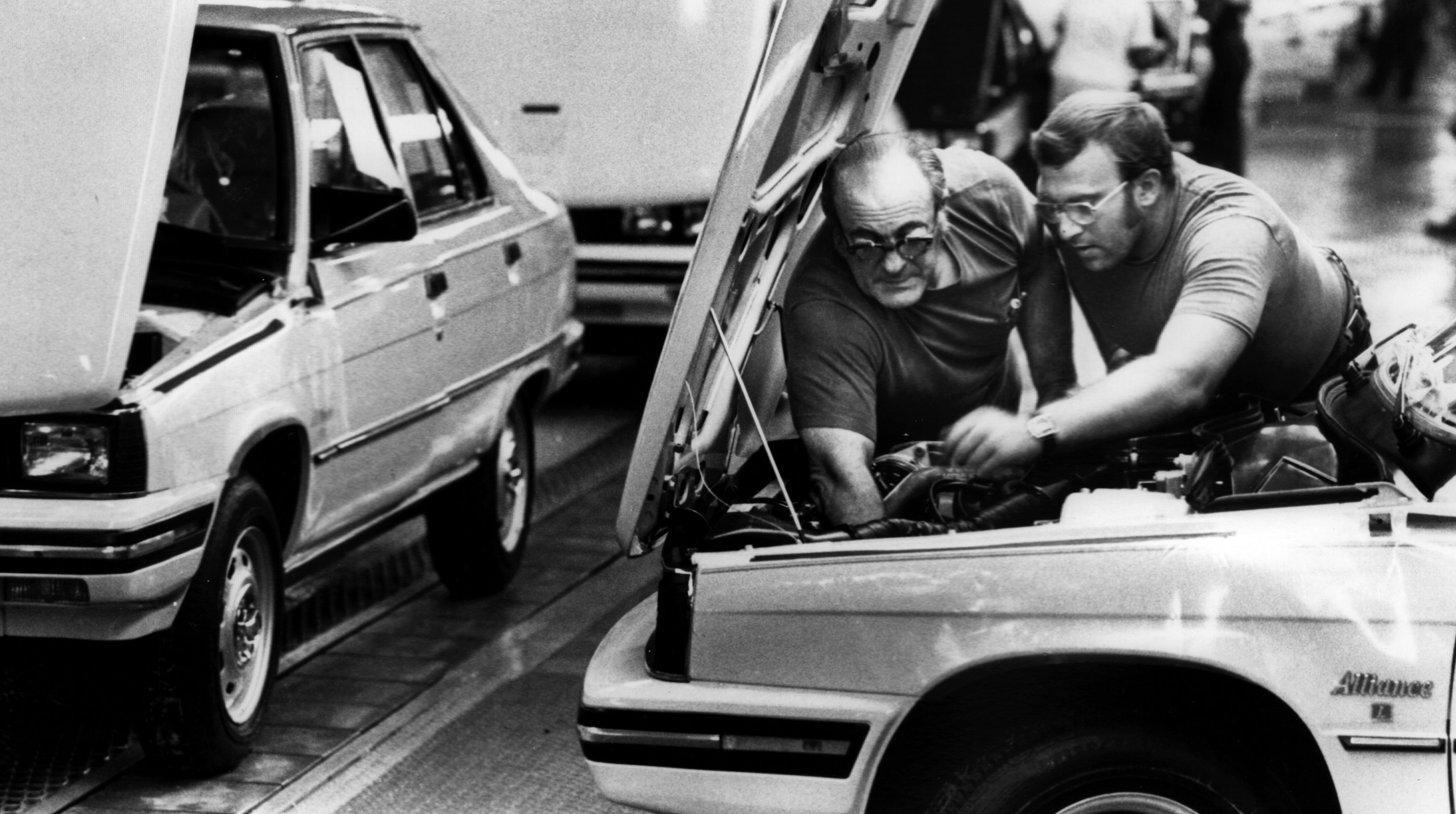
“We didn’t know anything about fuel injection. So this Alliance wouldn’t start, so one of the other repair guys he came over with a cup of gas, and he’s pouring it in the throttle body, and the other guy was trying to start it, and it went ‘poof!’ It caught the cup on fire!
And then he went like this (gestures throwing arms up in surprise), and the gas went all over him… And he could run, because he ran down the friggin aisle, 100 miles an hour, and nobody could catch him! And he’s on fire! And they finally caught up to him and they threw a couple of rags around him, but his face got burned and his hands.
And we didn’t know; we didn’t know what we were doing with those fuel-injected cars. Nobody told us anything… But it was just one of them things, you know. Live and learn… A hell of a way to learn.”
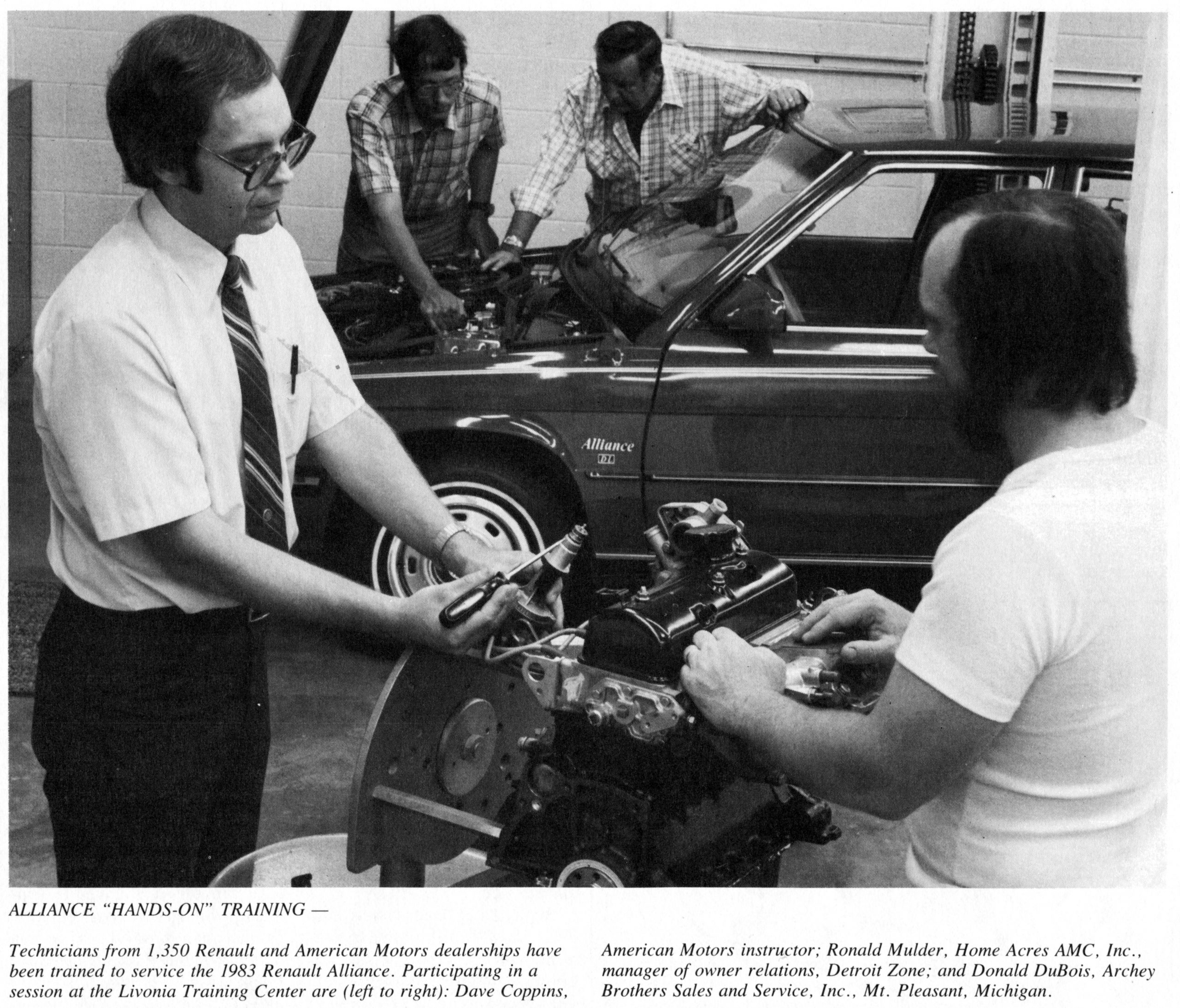
Pouring raw gas directly into a carburetor might help start a car, but I’m willing to guess that it wasn’t the proper repair procedure for an Alliance. Like the wiper story, we actually filmed a partial reenactment of this scene, sans gasoline and fire. Sadly, the story had to be cut for time, meaning we didn’t get to use the footage. Our team ultimately decided that having two stories of cars catching fire, told by the same person, might seem redundant, especially when we had so many other things to include in the series.
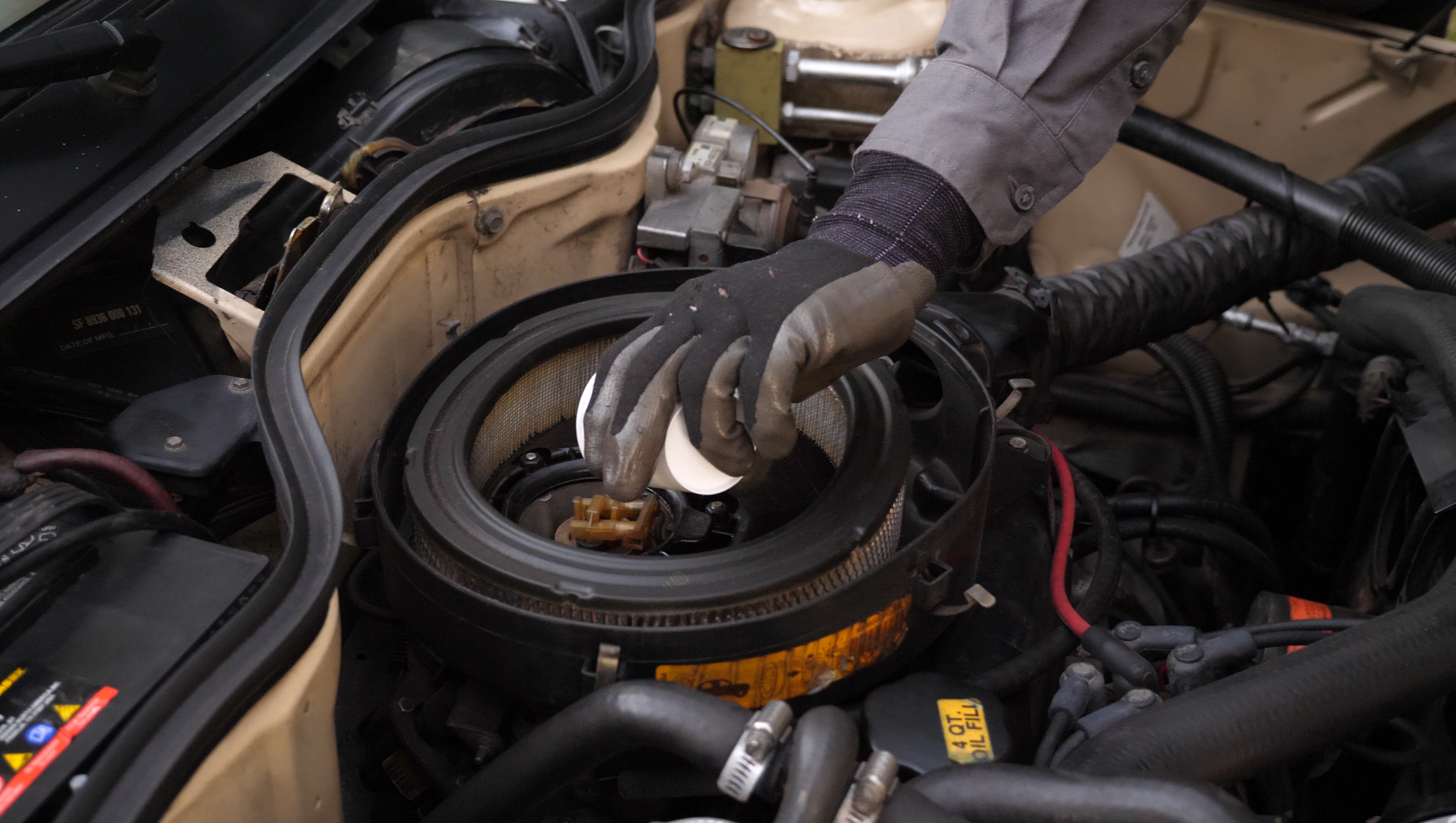
But always remember, if you’re on fire, Stop, Drop, and Roll.
Cold Laps at Michigan International Speedway
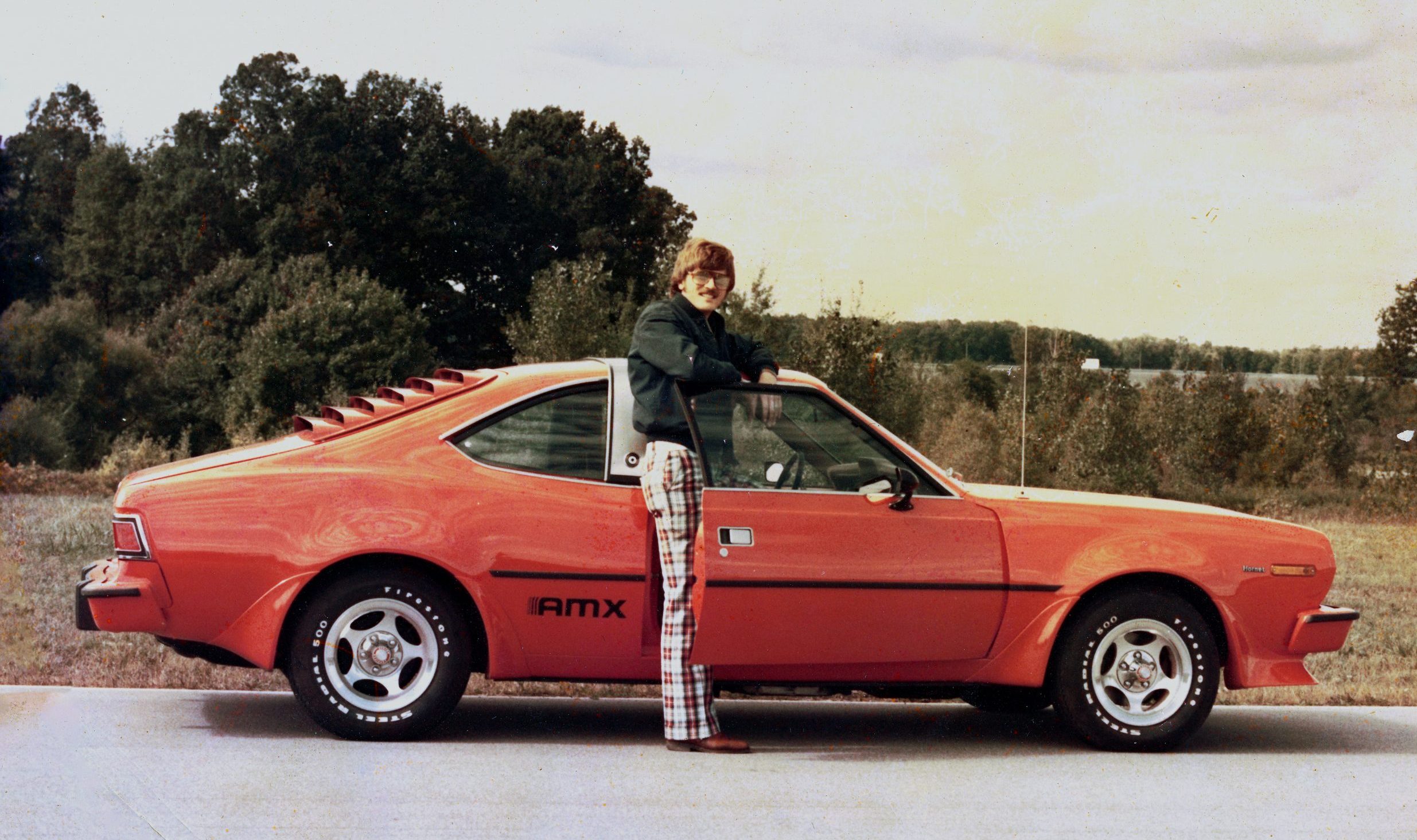
Engineer Dave Perrine provided some fascinating stories, from his experiments with rotary-powered Gremlin prototypes to a dead bee in the air cleaner causing AMC to fail an emissions test. But my favorite story came from his early days at American Motors.
Perrine described himself as “just a punk kid” when he was hired in 1972, but as someone who grew up loving cars, he was thrilled to find out he’d be working at Michigan International Speedway as part of AMC’s Road Test Group. However, there turned out to be very little racing, as the team’s primary goal was “mileage accumulation,” aka: putting tens of thousands of miles on cars for durability, fuel economy, and emissions testing. This meant endless laps around MIS in all kinds of weather, and I mean, all.
“It was fun,” he told us, “particularly plowing snow in the wintertime off of the track in a Jeep J20 pickup truck. That was our snow removal system, and it was pretty effective until you dropped below 35 miles an hour, and then the truck didn’t want to stay on the 18-degree banking! And so it would kind of do a fishtail down into the bottom of the track. So you’d have to sit there for a little while to figure out, ‘Where am I? Am I in the turn or the straightaway?'”
Plowing snow is difficult enough, but having to maintain a minimum speed or risk an accident is pretty wild. Perrine also described a particularly dangerous section of track that was shaded by buildings, which kept the surface cold enough for black ice to form. As one test driver grew fatigued from hours of monotonous laps, they lost control of a Jeep FJ-8 postal van, which flipped onto its side and skidded down the track for 20 yards!
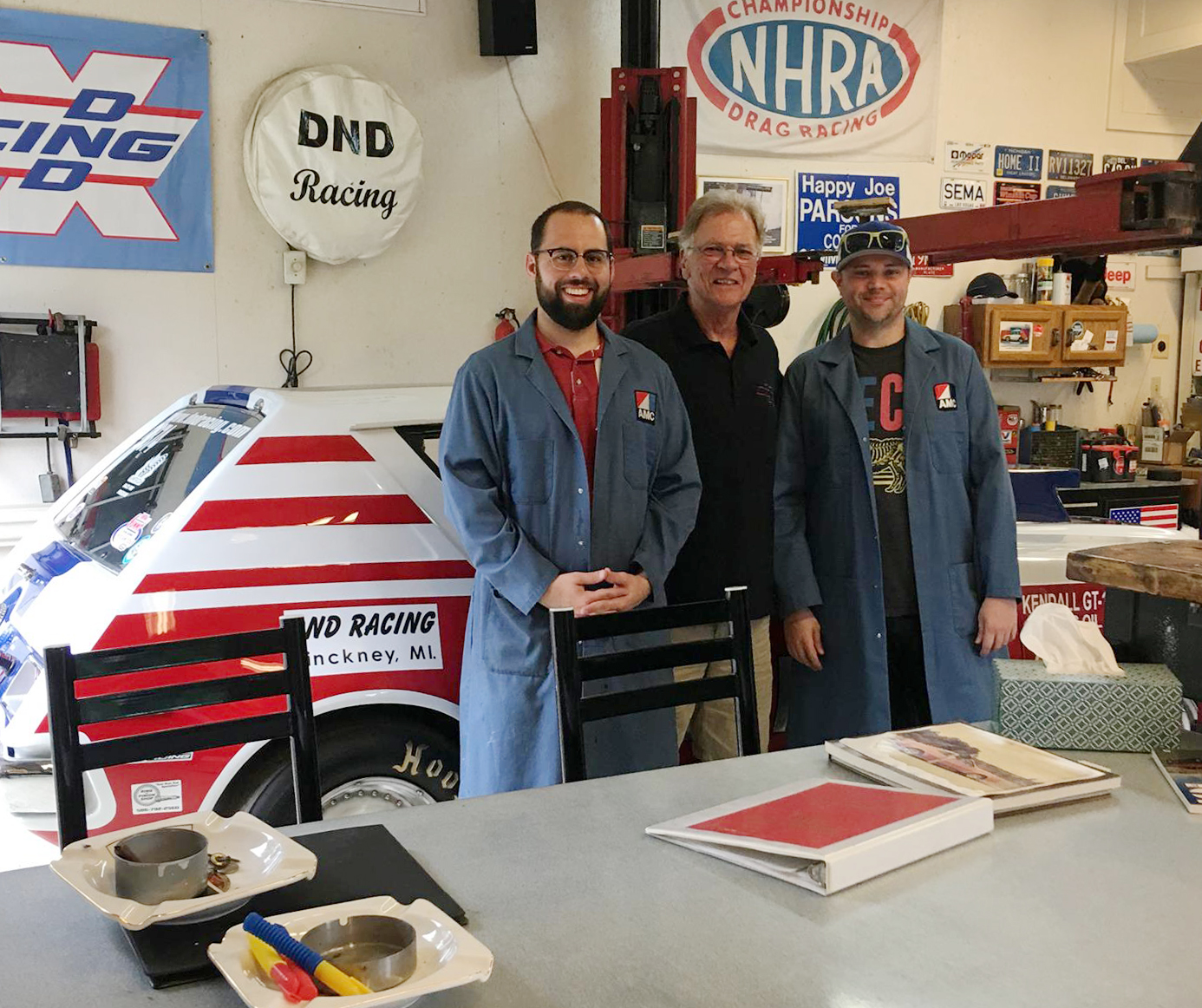
Eventually, Perrine was transferred to AMC’s engineering headquarters on Plymouth Road in Detroit, where he built prototypes and test vehicles, then he moved into exhaust systems and noise management, and then other powertrain engineering. His interview was so fascinating and he was such a good storyteller that I think we’ll have to share more of it in the future.
Marlin Decklids
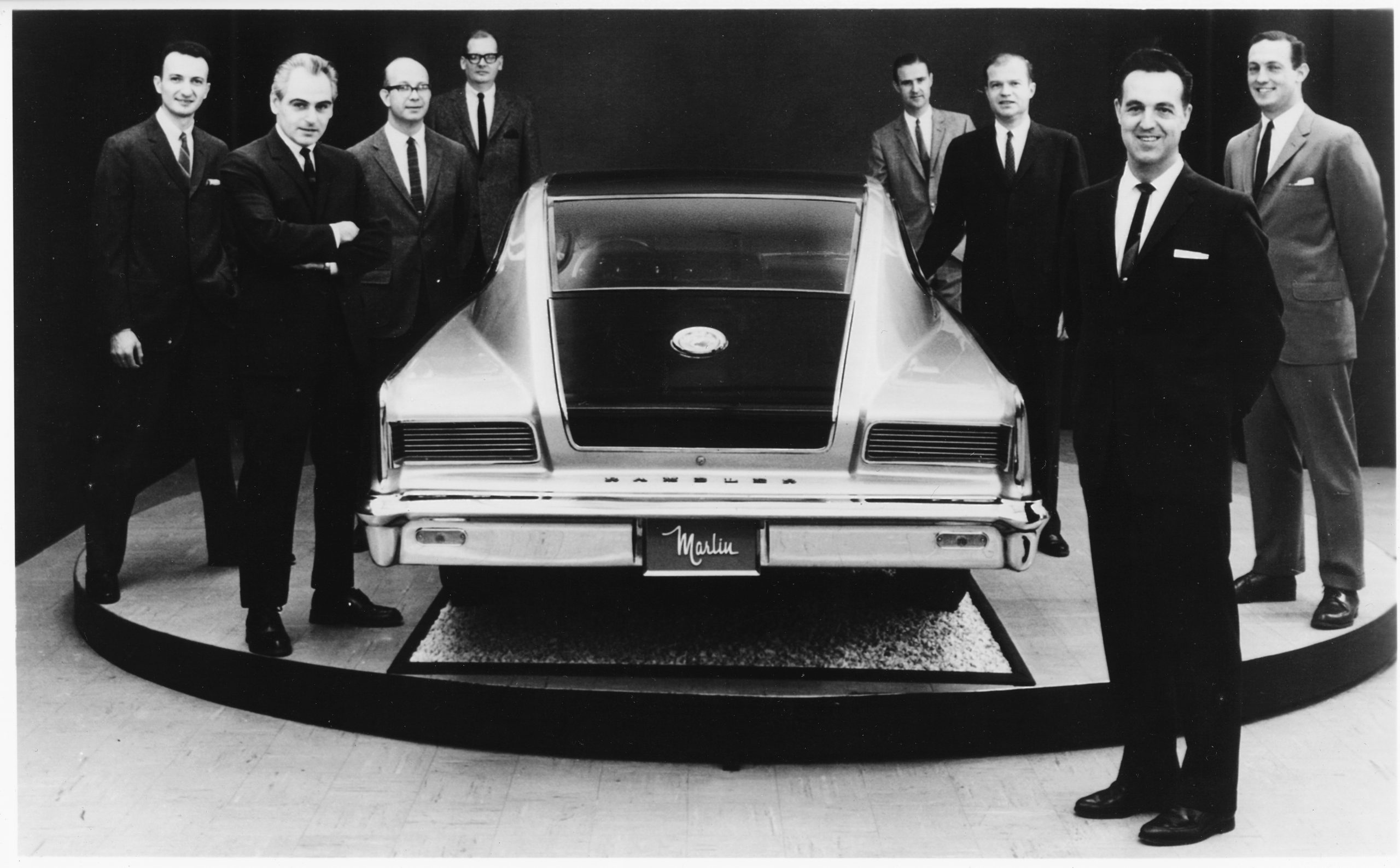
Richard Teague is generally regarded as one of the greatest automotive designers of all time. He served as American Motors’ Vice President of Styling from 1964 to 1985, and either designed or oversaw some of the company’s most iconic vehicles. He was also known for having a great sense of humor. During our interview, former CEO Gerry Meyers said,
“Dick Teague was an artist. He could and did sketch vehicles that you could look at and say, ‘That’s wonderful; that’s exciting!’ And yet, it could be built. He knew enough about the prescriptives necessary for a vehicle and keeping the essentials in place. He was an open-minded, upbeat, highly talented person. On top of all that, he was a wonderful guy.”
Teague’s imaginative yet practical design sense made him the perfect fit for American Motors, where he developed a keen ability to create major styling changes while keeping tooling costs to a minimum. As we describe in Episode 3, AMC built the entire Hornet / Gremlin line of vehicles for hundreds of millions less than what the Big Three spent on their compact car designs.
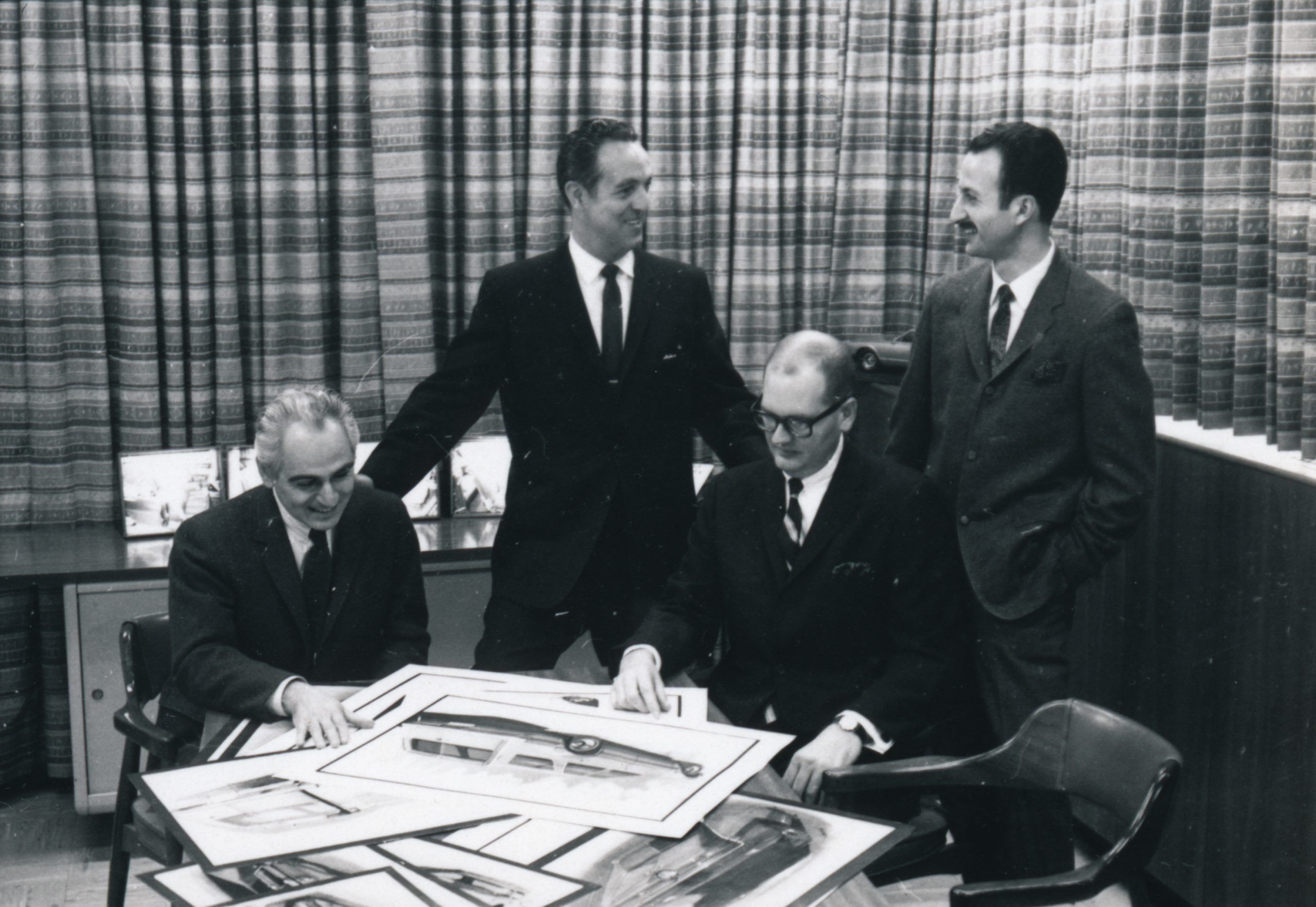
But for all his talent, not every product Teague oversaw was a home run. In some cases–like the AMC Pacer–the styling was perhaps too radical. In other cases, like the Rambler Marlin, management directly interfered with the car’s design. And it was on the Marlin that Teague’s sense of humor spawned a joke that would last for two decades.
As designer Vince Geraci told it, the trunk on the Marlin had always been a point of ridicule, as the car’s unique fastback and fins limited the size of the opening. The result was a wide trunk with a tiny manhole-sized trunklid. Customers could have maybe overlooked this, if the overall shape and size of the car hadn’t been messed with by CEO Roy Abernethy. Despite high hopes, the awkwardly styled Marlin failed to catch on, leading to jokes among the designers about what AMC would do with the thousands of unused Marlin decklids.
That joke resurfaced at Teague’s retirement party in 1985, thanks to Vince Geraci and his colleague, Bob Nixon.
“We set up a terrific retirement party for him,” Geraci said during an interview. “All the heads of the design offices at the Big Three, everyone was there. Press people. Dick had a wonderful way with the press. They loved him… So anyways, we got up, and Bob’s behind me with a Marlin decklid with plaid or something on it. And he says,
‘American Motors decided not to give you a monetary bonus, but to pay you off in Marlin decklids!’ And it was a riot.”
Geraci had saved hundreds of photographs from his time at American Motors, and I was lucky enough to have found one of that exact moment. It’s one of my favorite photos from this project, and I’m so sorry it didn’t make it into the final cut. Time and again, people told us that working at American Motors truly felt like being part of a family, and stories like that show how true that was.
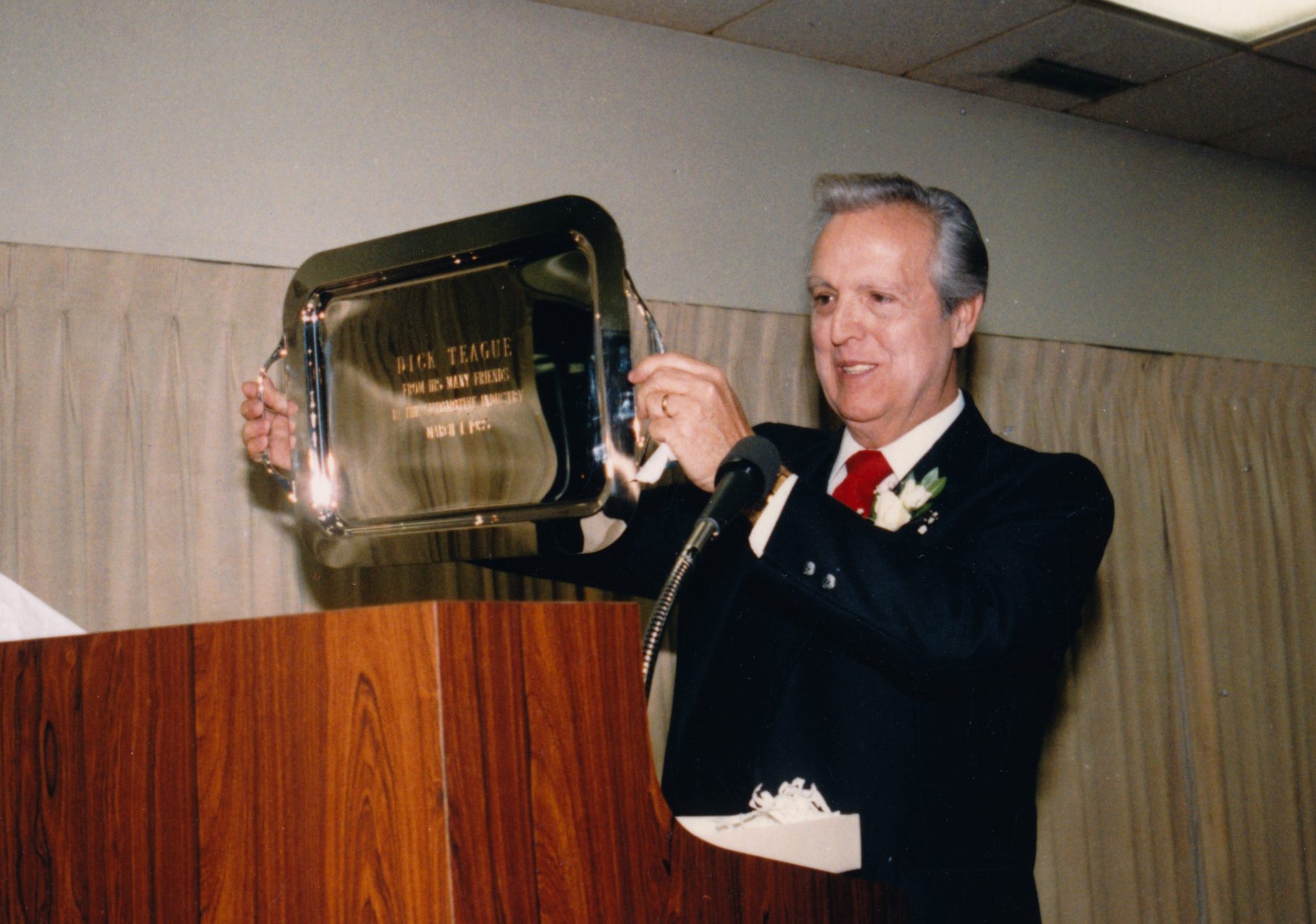
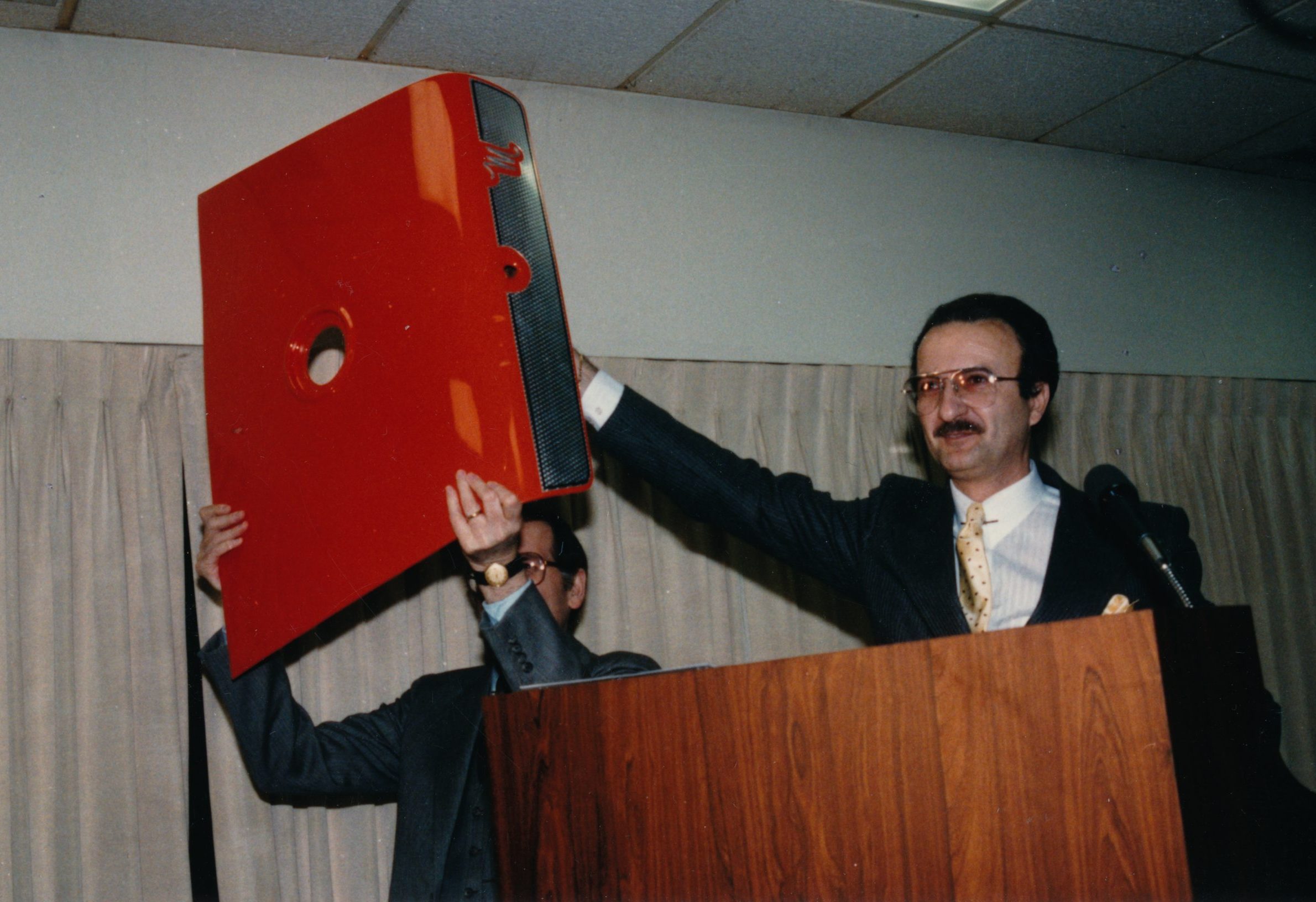
Thanks for the Memories
There must be something special about Pittsburgh, because the PBS station where Rick Sebak still works also happened to produce the beloved children’s show, Mister Rogers’ Neighborhood. In 1999, Rogers did a four-hour interview about his life in television, where he (as usual) tried to avoid talking about himself. Somehow, he got onto the topic of Rick’s whimsical documentaries, which he enjoyed.
Describing what made Sebak so great, Rogers said: “People trust him with their memories.”
Looking at the hours and hours of interviews we filmed for The Last Independent Automaker, that line sticks with me. When my friends and I first started out, this was just a harebrained scheme. We had no money, no distribution deal, and there was no guarantee we’d even finish! Yet, my co-producer Pat Foster reached out to his friends within the AMC community, and one by one, people agreed to be interviewed. Once we had momentum, we convinced nearly 50 people to talk with us.
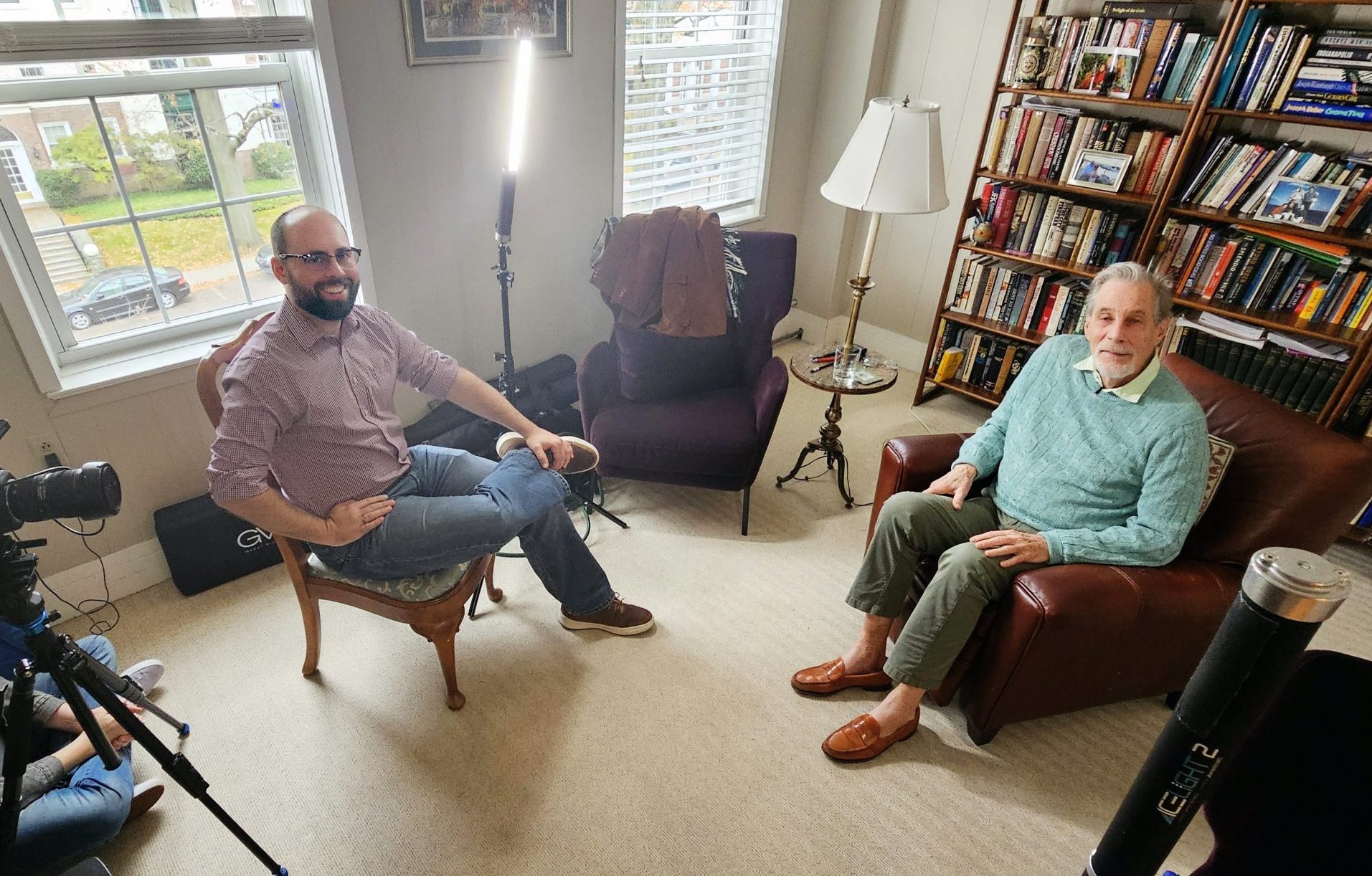
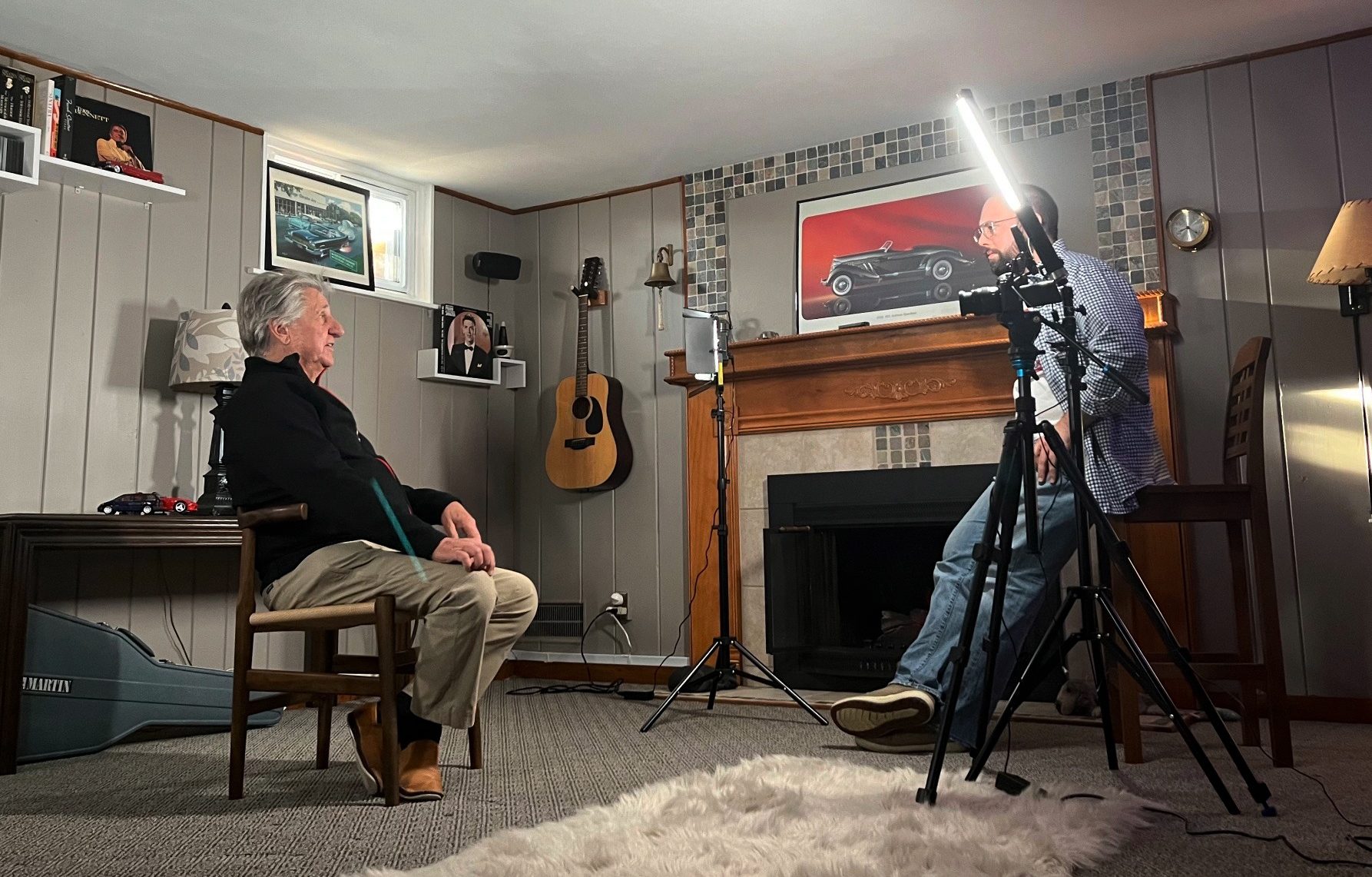
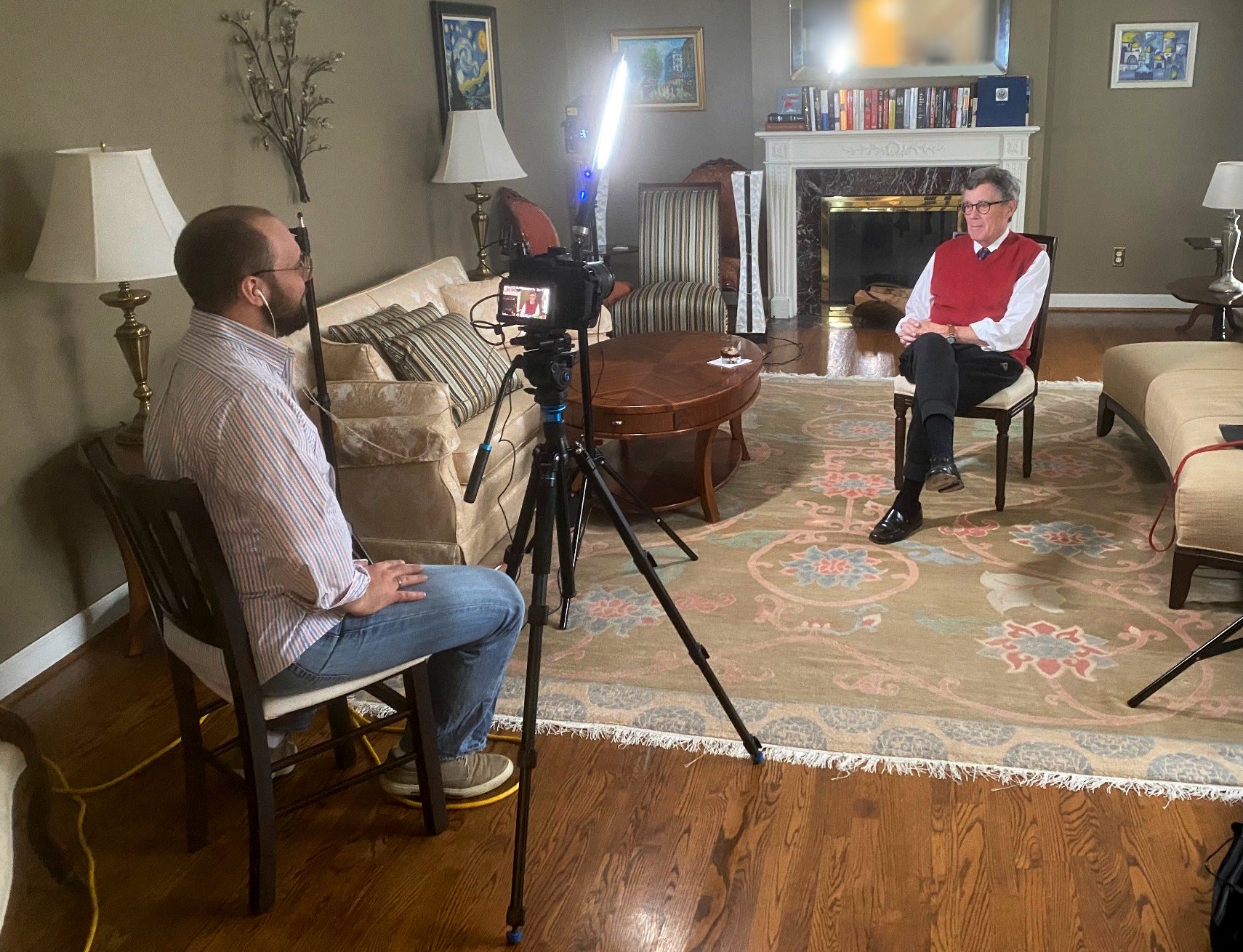
Of those 50 interviews, 35 made it into the final program. Of those 35, most ended up with less than 5 minutes of screen time. Filmmaking is often as much about leaving things out as it is about putting things together. And although I am proud of our final product, there’s a part of me that wishes we could have made it twice as long, just so I could include more funny stories. But no matter how big or how small their parts, each person we spoke with helped paint the bigger picture of American Motors, and I’ll be forever grateful that they trusted us with their memories.
In the meantime, I can’t help but wonder if Rick Sebak needs an assistant producer for A Hot Dog Program: Part 2…
The Last Independent Automaker is available to watch now on YouTube, the PBS app, and on Public Television stations around the country.
The series is distributed by American Public Television. Maryland Public Television is the presenting station. The Automotive Hall of Fame provided fiduciary assistance. The Last Independent Automaker is funded in part by Visit Detroit, The Alfred P. Sloan Foundation, and MotorCities National Heritage Area. It is also funded by over 375 individuals and organizations who contributed through the project’s Crowdfunding campaign.

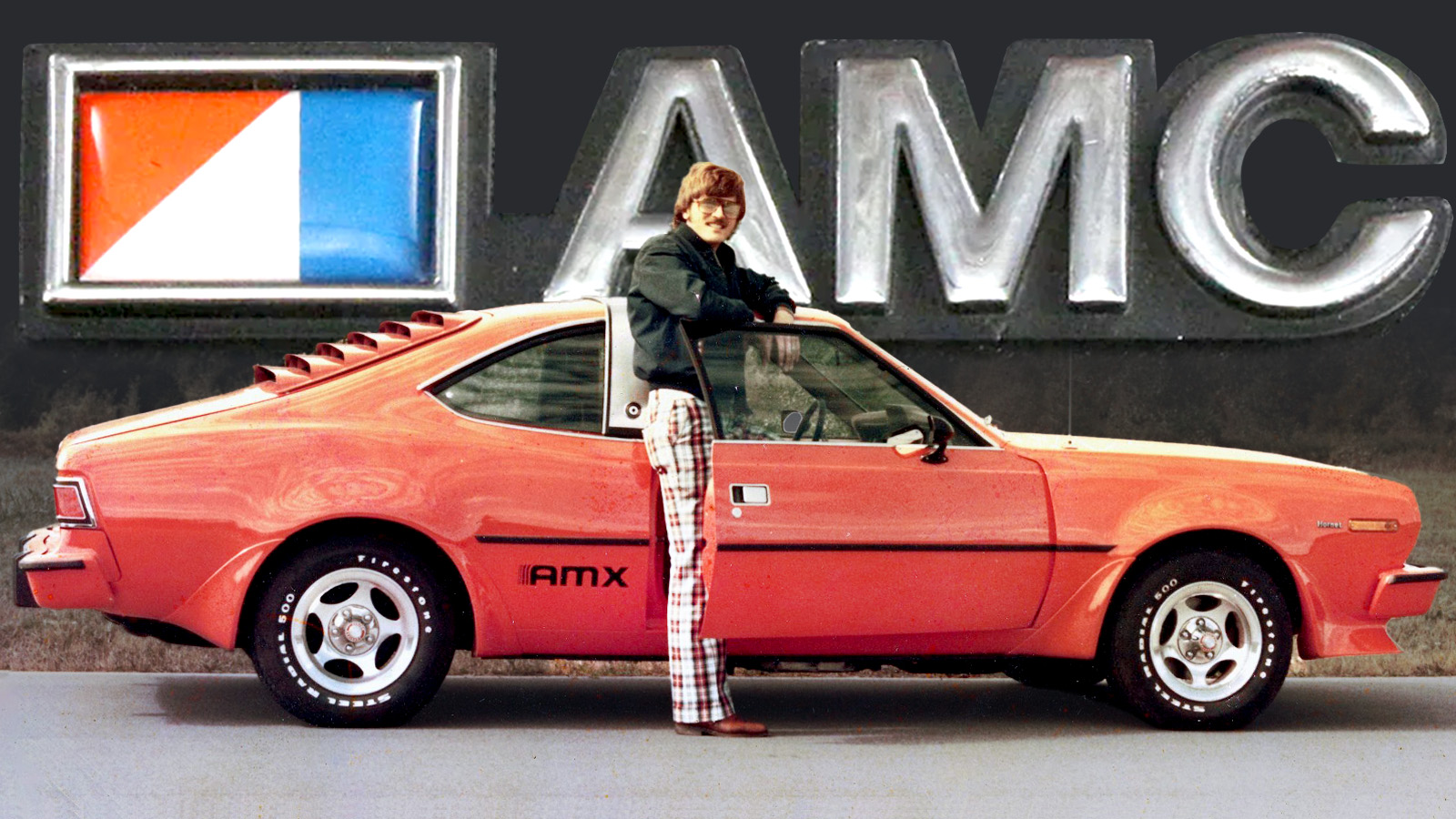





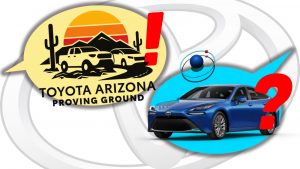

Loved the series. Would definitely watch a directors’ cuts episode if it were available. Hint, hint…Then again I love finding blooper reels of shows, too
Just stopping by to say that I watched all six episodes last night, and it was fantastic. By the time I was born, the Gremlins and Pacers and such had been replaced by the Renaults, so I never really had a lot of interest in the brand or its history. This was the best telling of AMC’s story since Roman did the RCR Stories episode on the life and death of the company. Extra points for having Nick do some voiceover on the show. I was also pretty damn surprised to see Mitt Romney, pretty cool of him to be involved.
It really was an excellent series. And until today I had not considered the process of snow removal from a banked track.
You all should be very proud of the work you put in. The end product was fantastic and the fact that you got so many interviews with the people who were actually there was amazing. As an AMC nerd (That’s my 67 Rambler American in my avatar) I was glued to the screen however, the subject matter went far beyond the cars and into the people and times that created them. Again, phenomenal job.
Awesome job, Joe. Hope you release the raw footage one day!
It hasn’t shown here yet.
Why not take a cue from the Golden Age of DVDs and release rough cuts of the interesting material that wasn’t used?
I watched the entire series on Youtube. You should be able to find it there. It is fantastic.
I will look for it.
Another vote for a directors cut here. My kids are elementary age car lovers and loved the documentary. They keep asking to look at AMCs at the next car show.
All set to watch the final installment of “The Last Independent Automaker” on my local PBS station tomorrow. Have thoroughly enjoyed the whole series, just wish there was more of it. Your posts here have partly granted that wish. Thanks for the documentary and stories. Perhaps a Director’s Cut in the works?
Was the Hornet the first car from a major US manufacturer to not do the annual styling refresh? Or was it the Studebaker Lark?
Thanks Joe, really all I can say is thanks again for a truly great television experience. Hopefully despite PBS funding cut this kind of exceptional and FREE programming can continue to be made available to all.
RE: AMC radios…
I was living in West Michigan in the late 80s, deep in the country. But as an ex-New Yorker, I was still a fan of Mets baseball. At the time, of course, there was no television (we didn’t even have cable) coverage of Mets baseball.
Way back in the woods behind the house was a dead ’73 Hornet that had been used for target practice. I was bored one day and dragged a battery out back, to try to get the thing running. I put in the battery, turned the key, and the radio came to life! I fiddled with the tuner, and all of a sudden I’m listening to METS BASEBALL!
I’m 900 miles from New York. No other radio would pick that up from where I was. Believe me, I tried.
I spent that whole summer in that car, listening to baseball on the radio. Never once needed to recharge the battery. Never did get the car to run, though.
That’s a great story! I love thinking of somebody out in the woods in a broken down Hornet, listening to the Mets on an old radio.
One thing is for sure, Chrysler certainly admired the Marlin. Imitation is the sincerest form of flattery.
Joe, the documentary was truly a joy to watch. I knew basically nothing about AMC before watching and learned so much. The interviews will preserve these people’s stories forever.
You’re as entertaining to read as the documentary was to watch! I don’t know if you selected the Top shot, and title here, or it was resident madmen, but the classic roadside emergency stop pose of “No one can see what I’m doing” combined with “Peeing Pacers”, first thought, That’s not a Pacer!
WQED Pittsburgh is truely special. Sebak is almost the national treasure that Roger’s was.
What a terrific documentary – I binged it all in a couple of evenings on the PBS app.
After reading about all the cuts, I’m even more surprised that you kept a couple of interview segments with a bespeckled guy from Lower Michigan sitting on the tailgate of a rusted out J20 pickup….
That’s patina. Ignore the perforations.
He knows we know its story but how much you want to bet that whoever he sells it to, goes on to sell it as a “California truck”?
The only thing that rusty in California is parked in the Salton Sea
I haven’t watched any of it yet, but I feel like YouTube was MADE for adding unlimited amounts of B-reel/bonus material. Not like you have to worry about the storage capacity of a DVD.
We need an extended edition director’s cut. It worked for The Lord of the Rings.
Wherein they walked across New Zealand in real time during the film?
I’m about half-way through and it’s excellent. I’m pretty sure Luneburg got his personality from Harry Bennett at Ford.
I do think many of us who have watched your show, which was excellent, would be very interested in a lower quality B sides reel of lots of this stuff. I would be interested in watching a lot more.
I watched all of The Last Independent Automake and enjoyed every moment of it. I would love to see everything that got left on the cutting room floor. The Mrs. and I are actually going to head up to Kenosha over Labor Day weekend to see the history center there as a direct result of watching the program.
Agreed! I’d especially love to see all of the interview with Dave Perrine.
The Last Independent Automaker was a joy to watch. Thank you for all of the work you and others put into making this a reality.